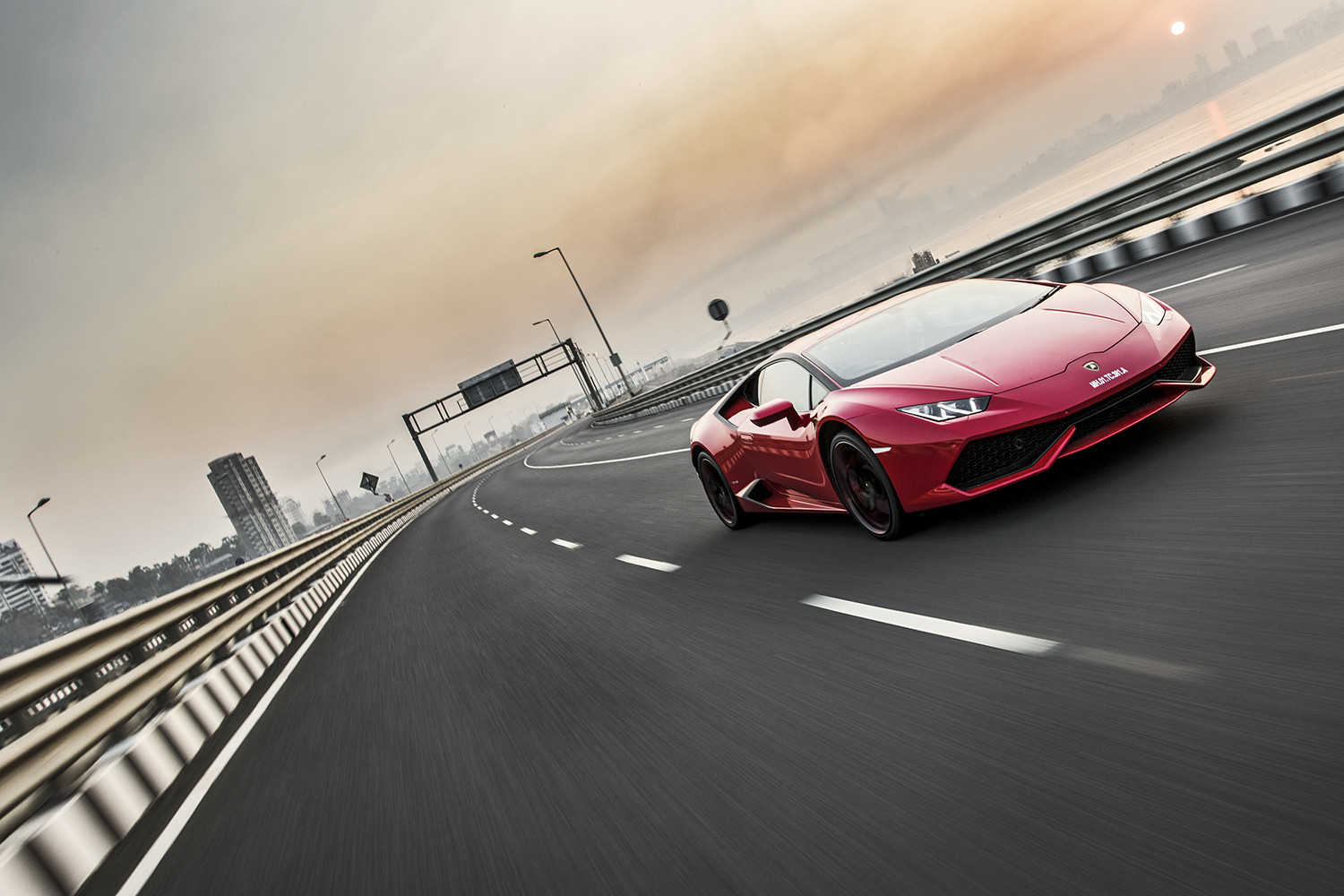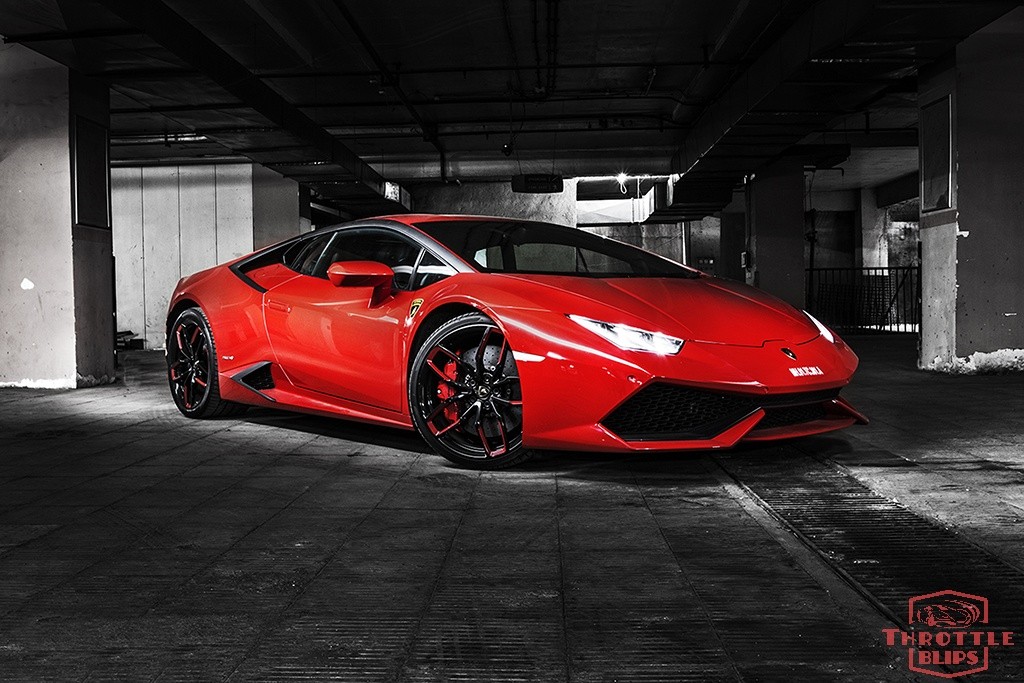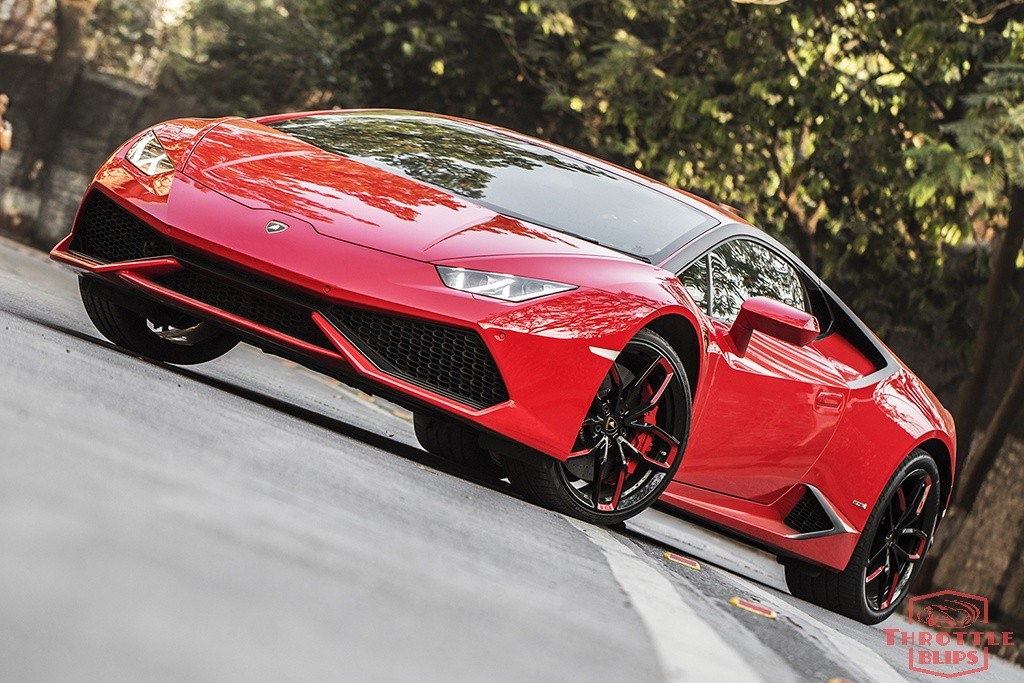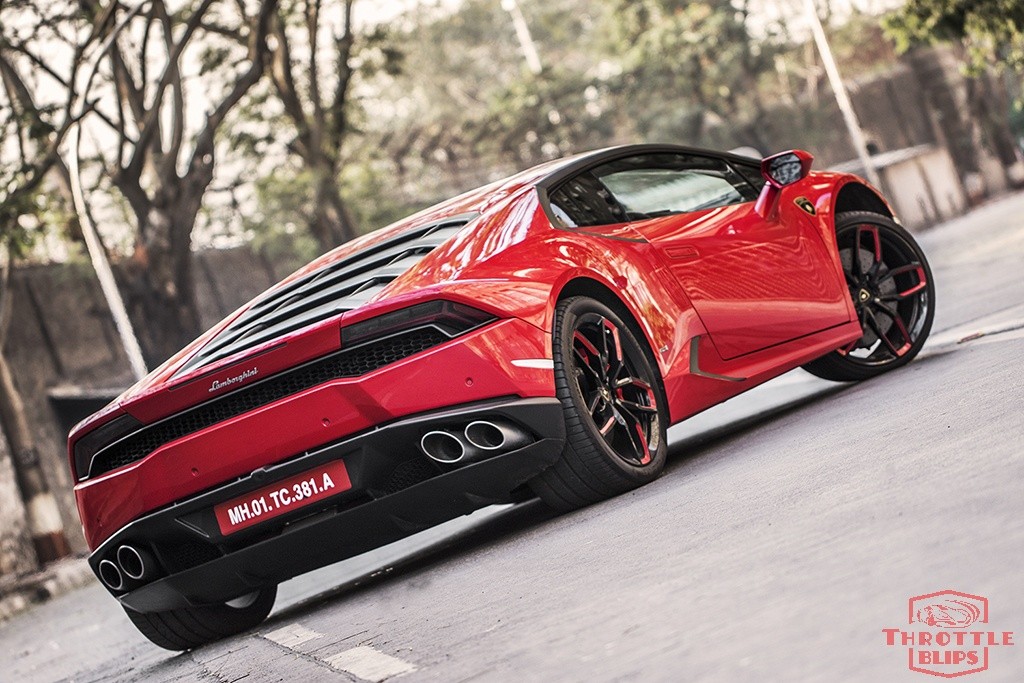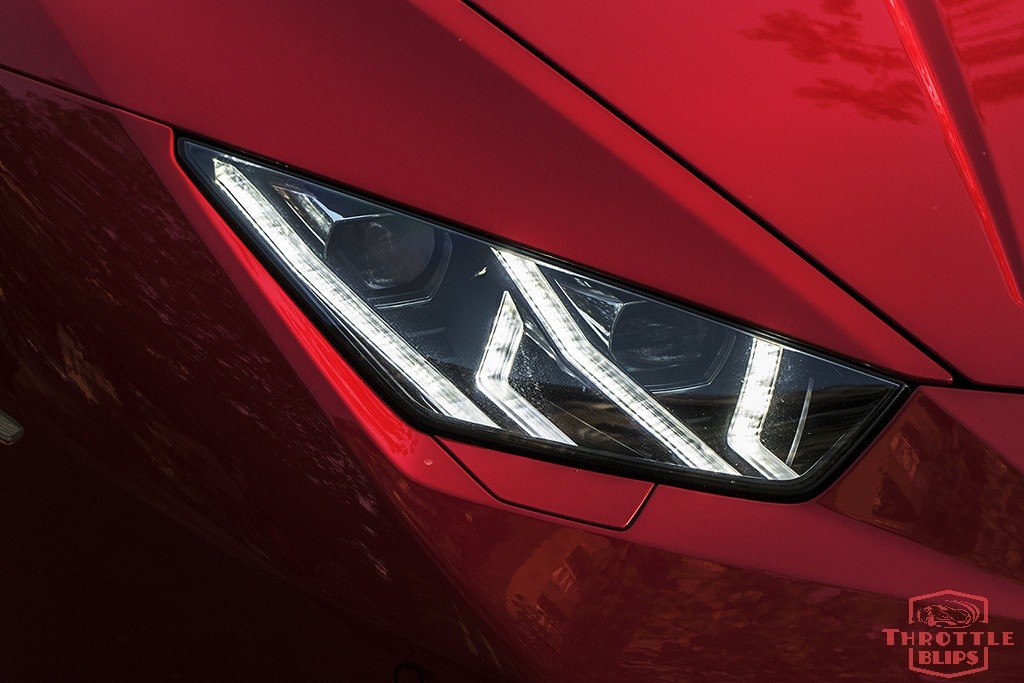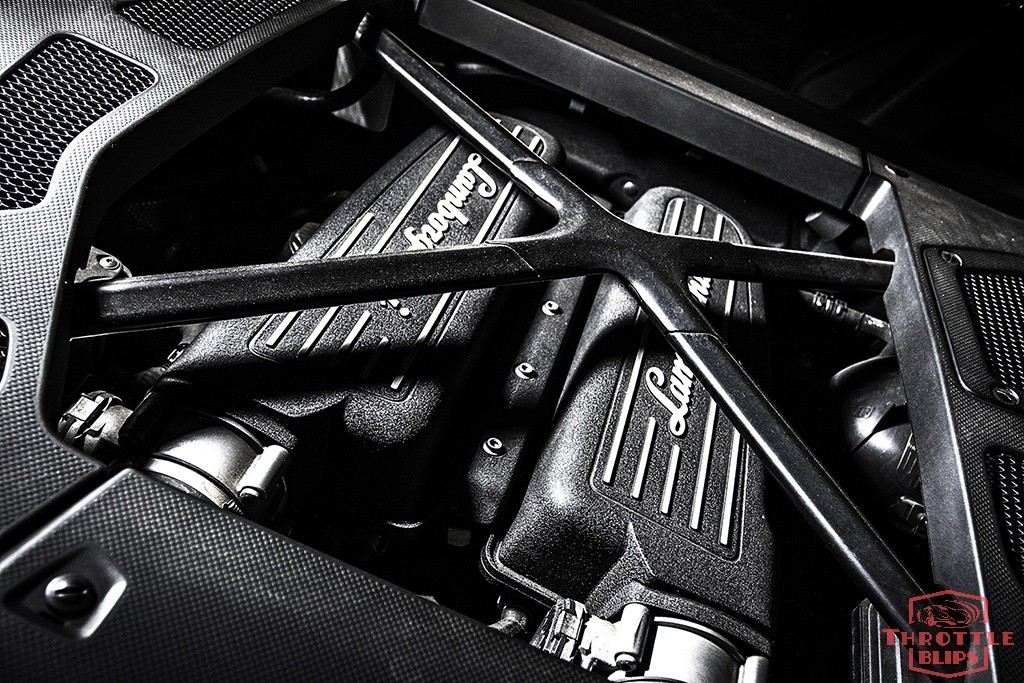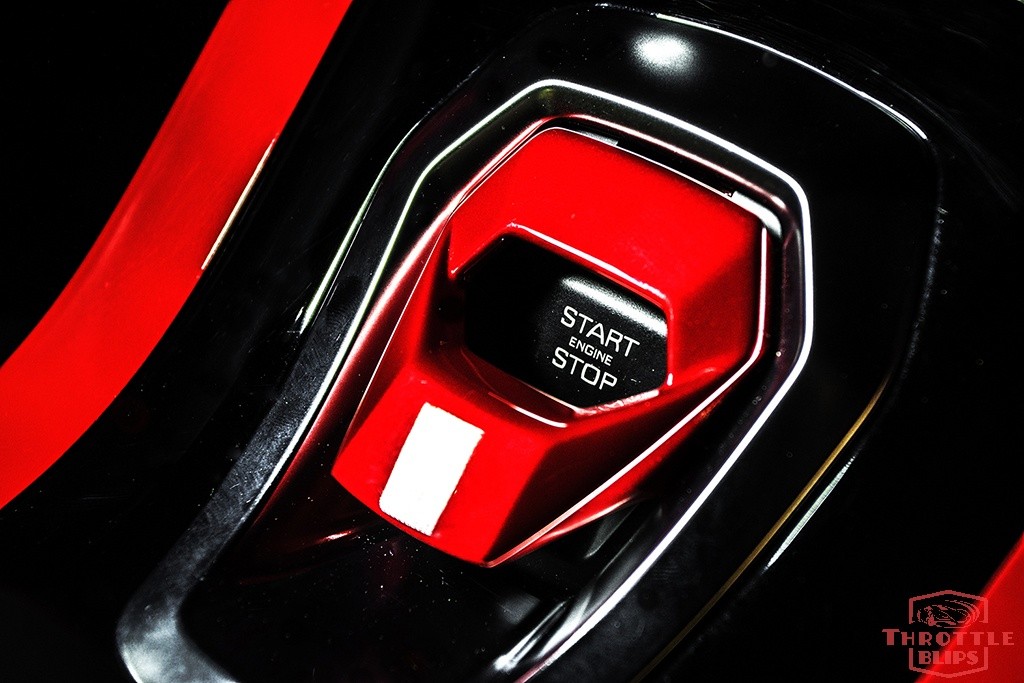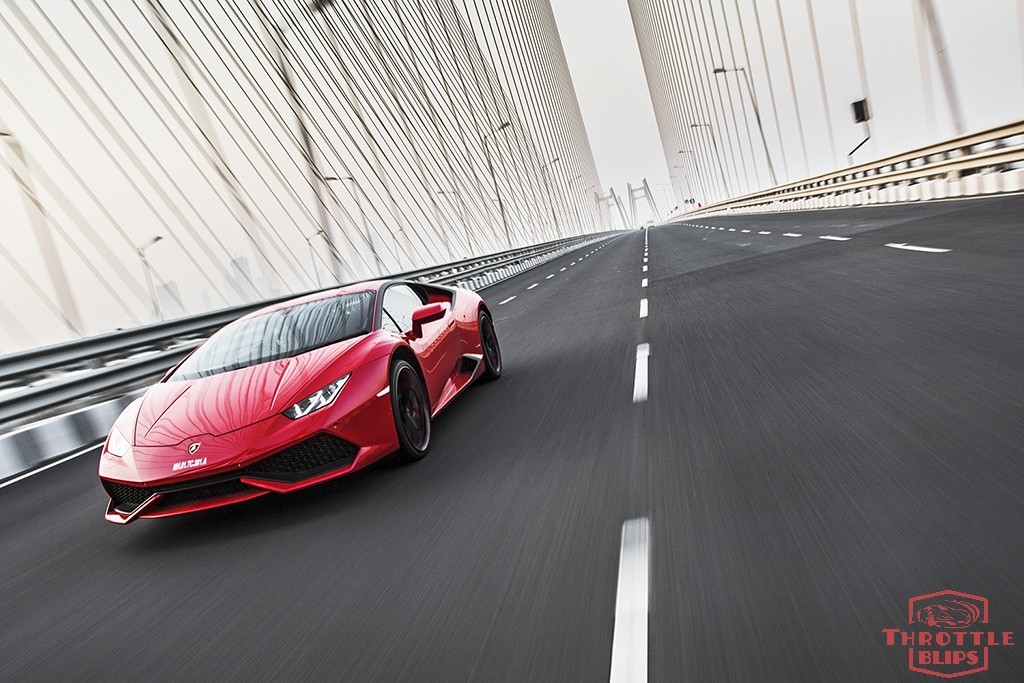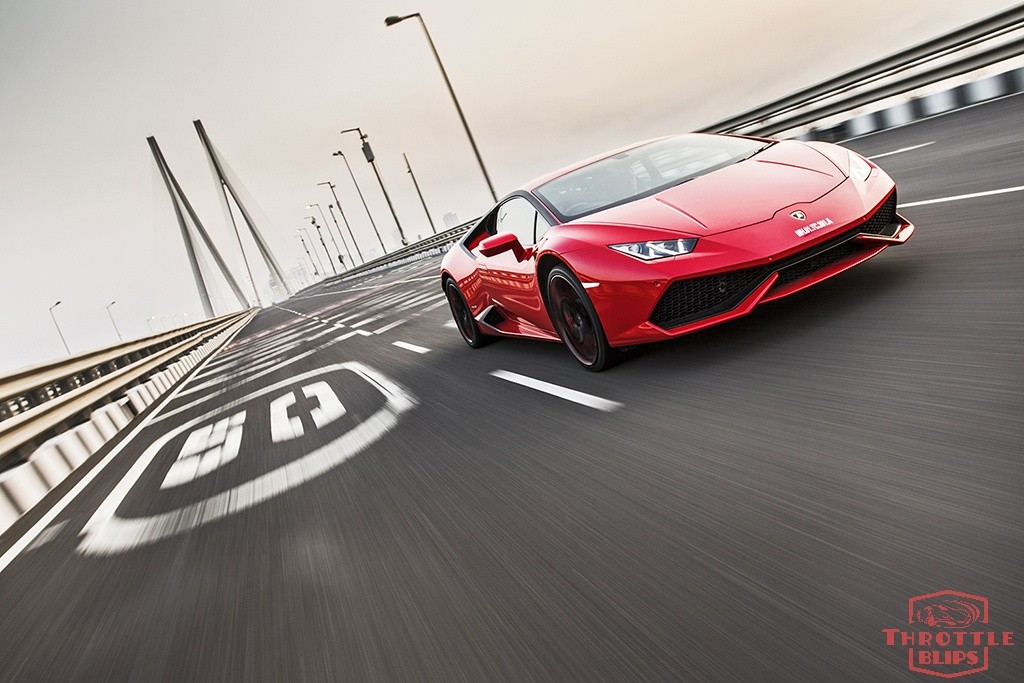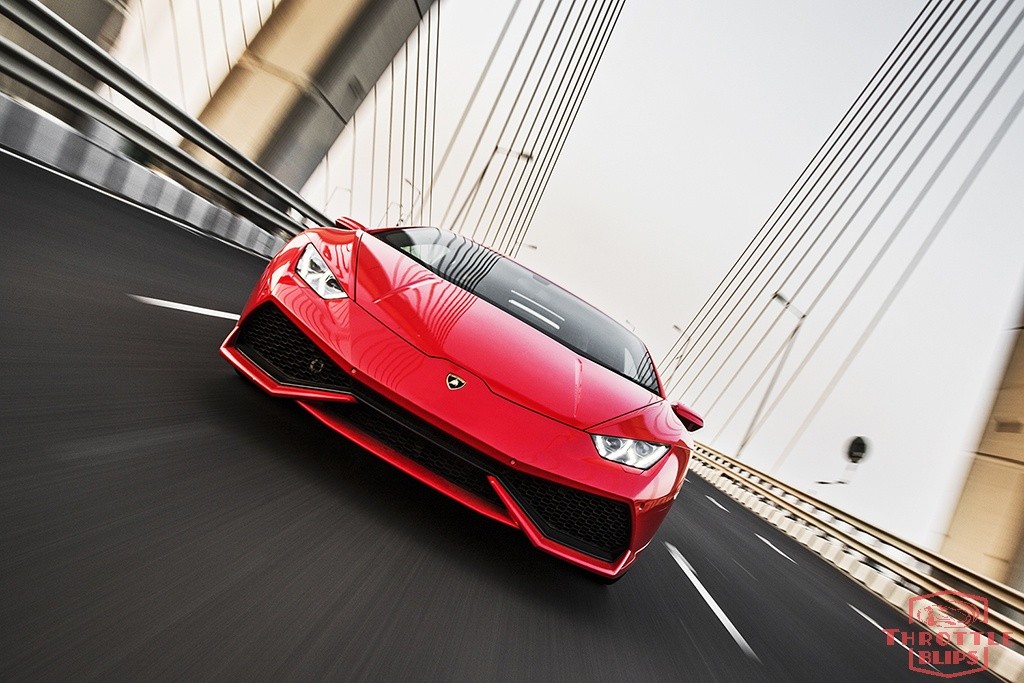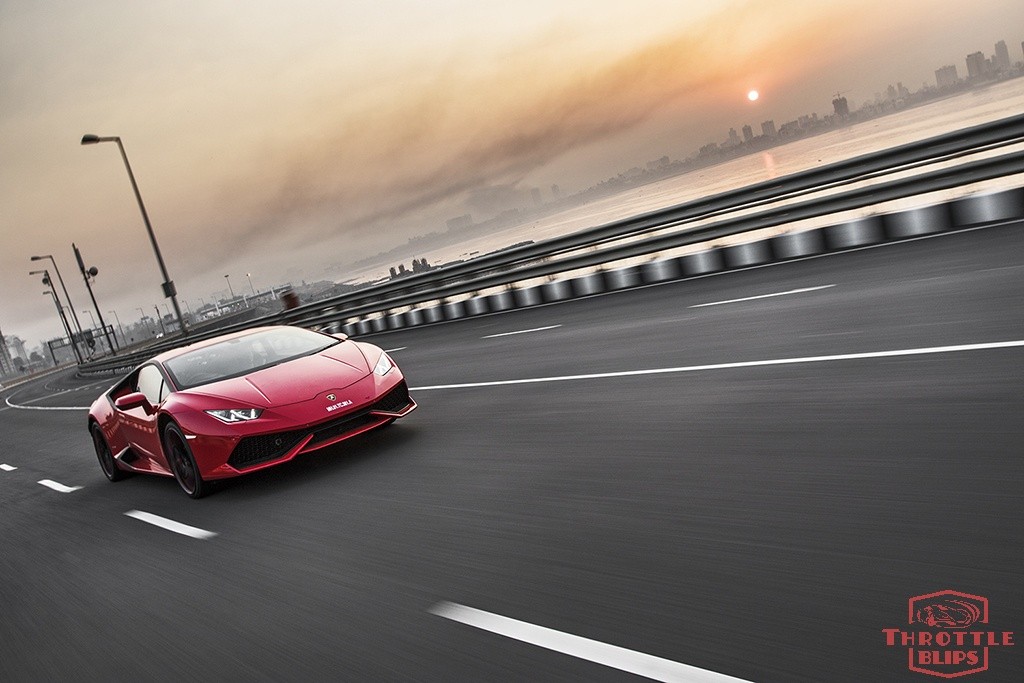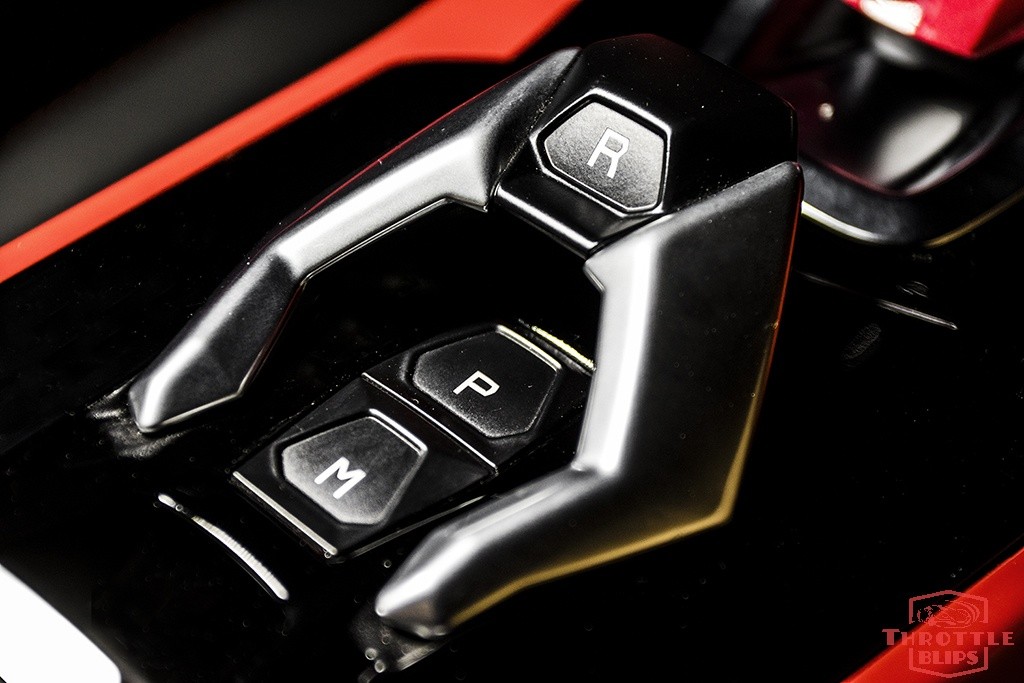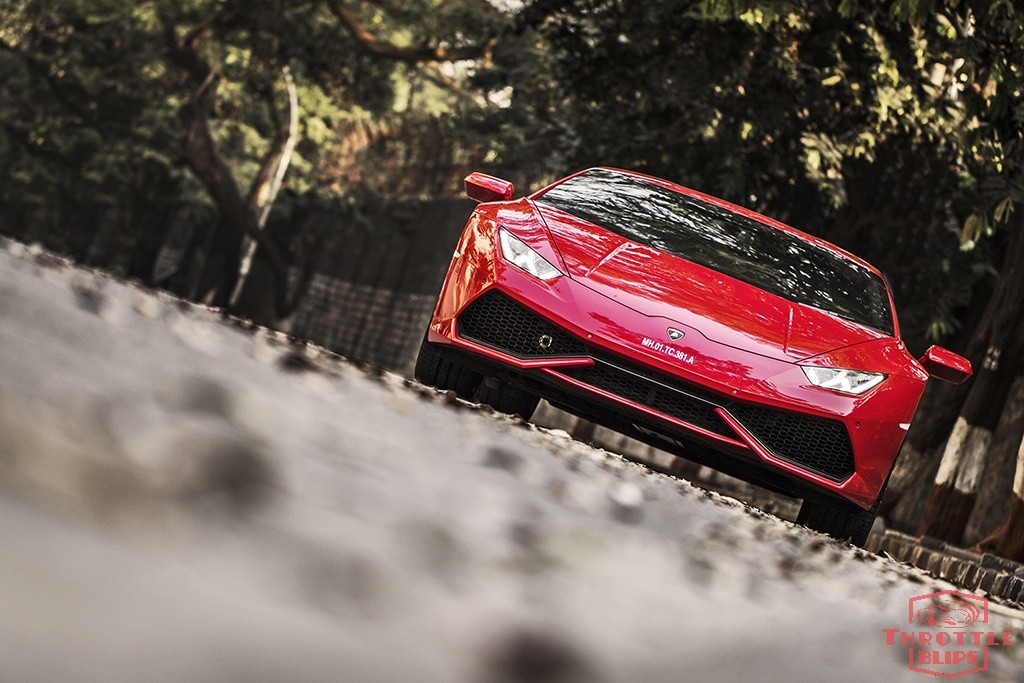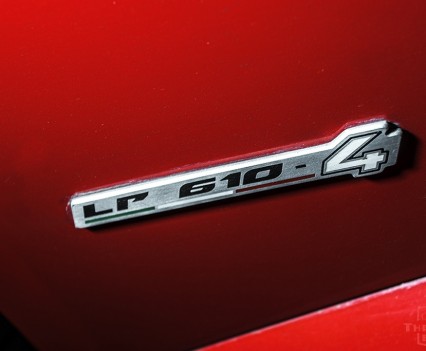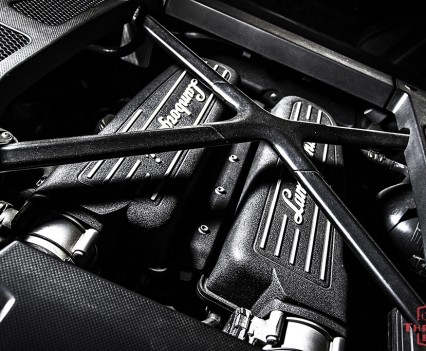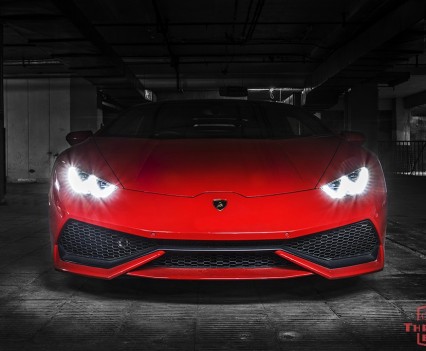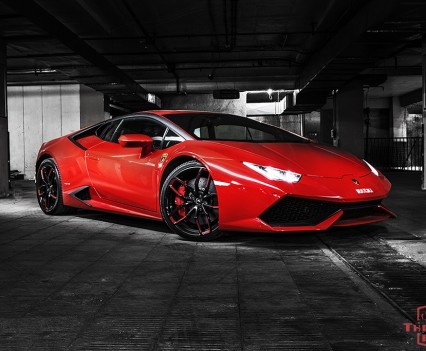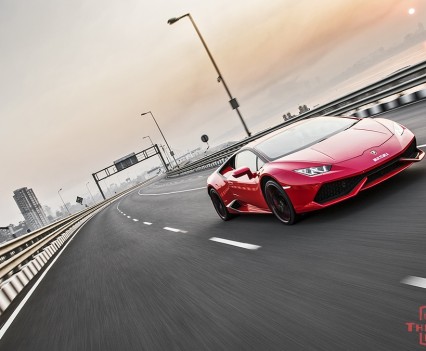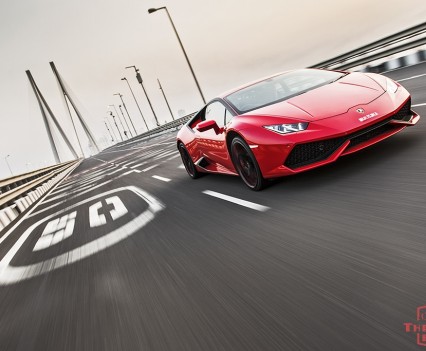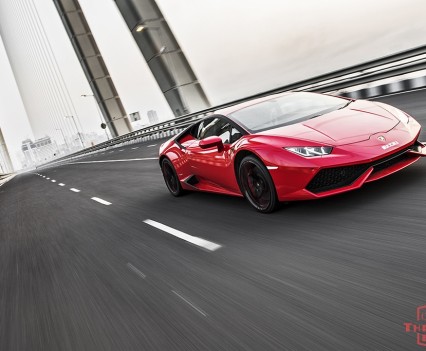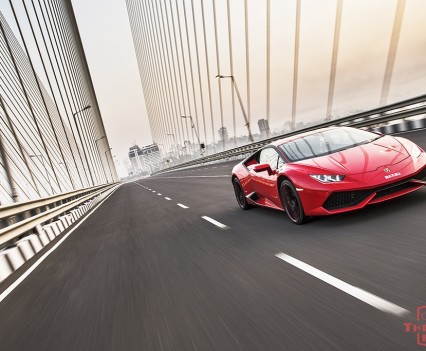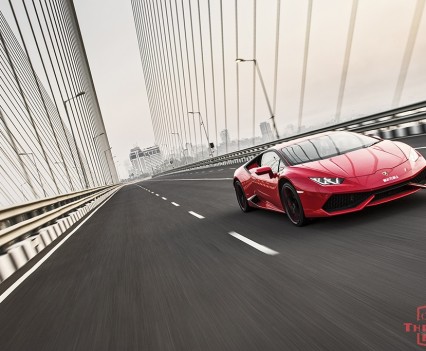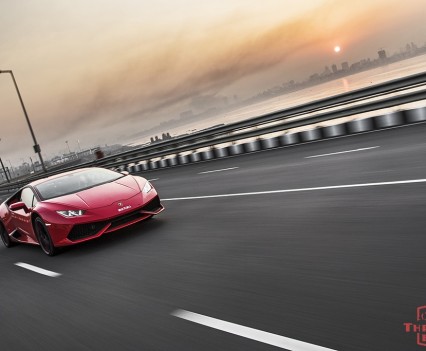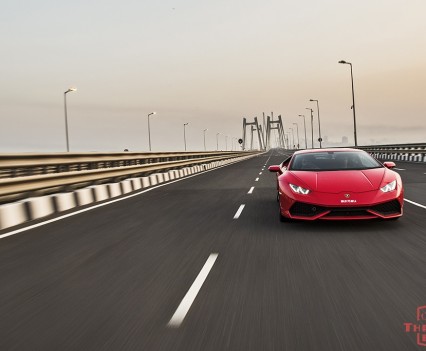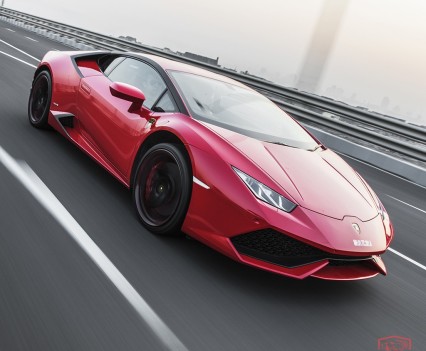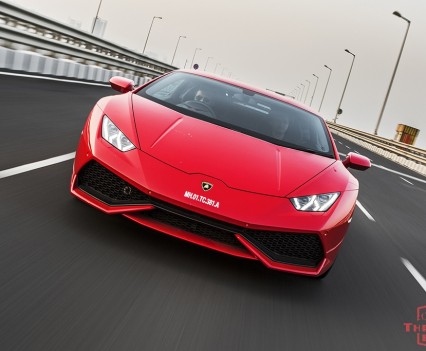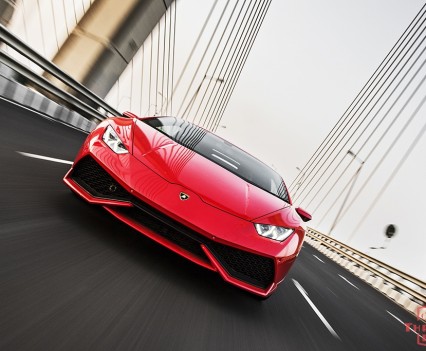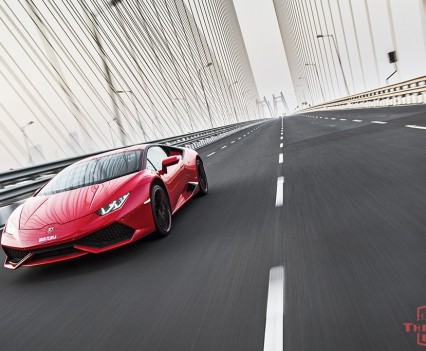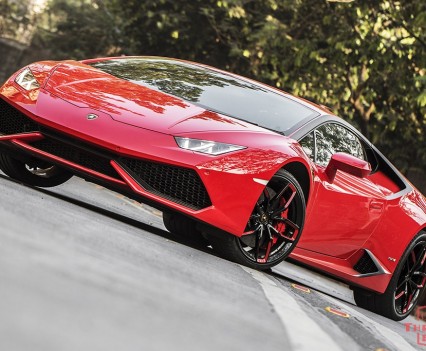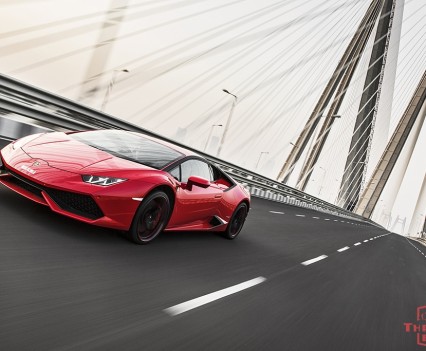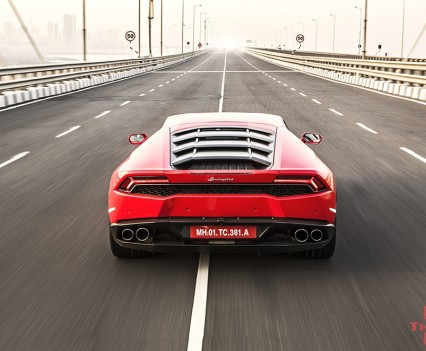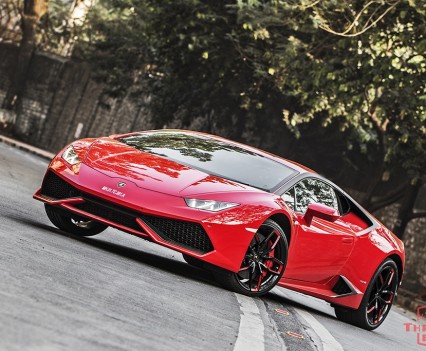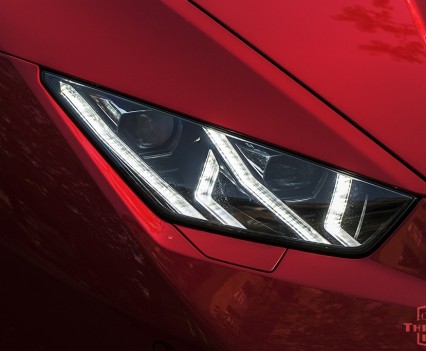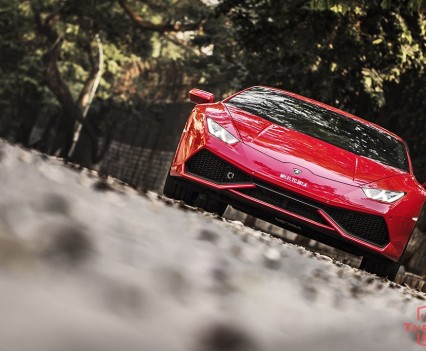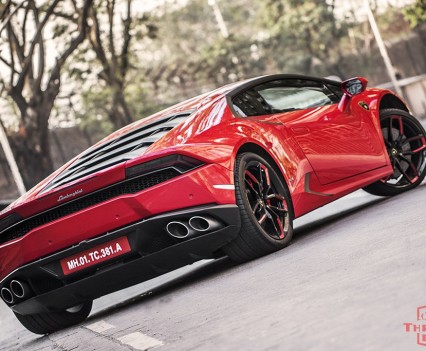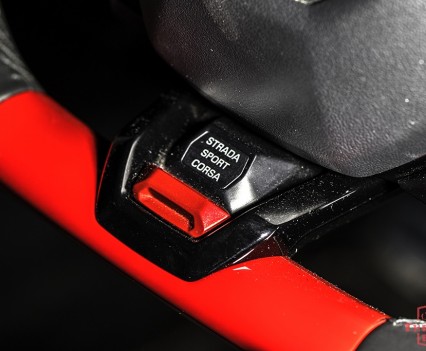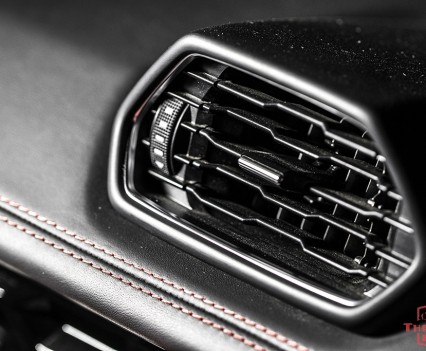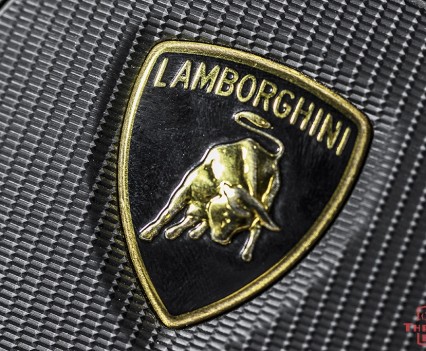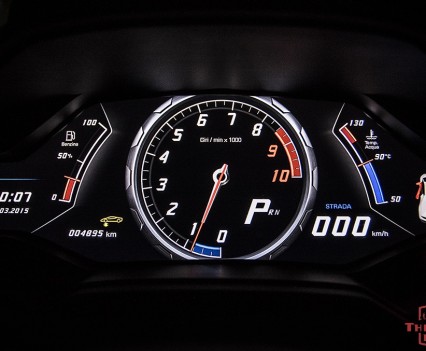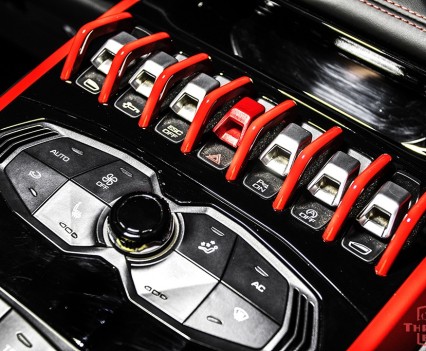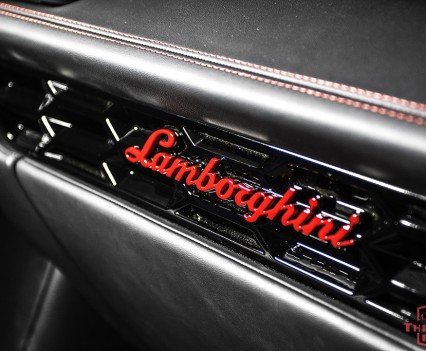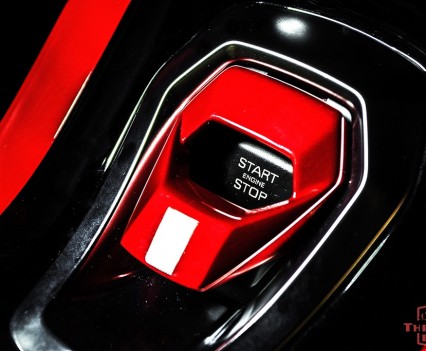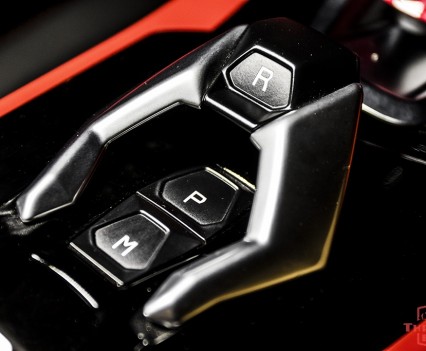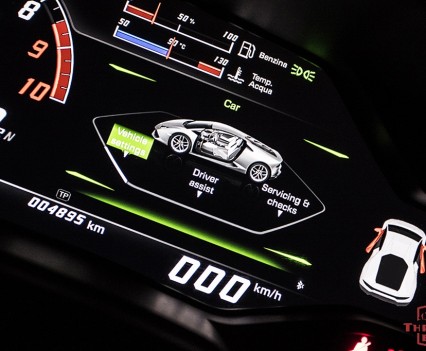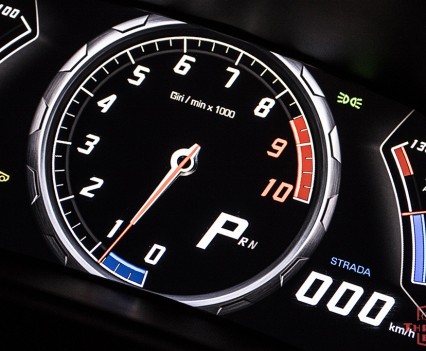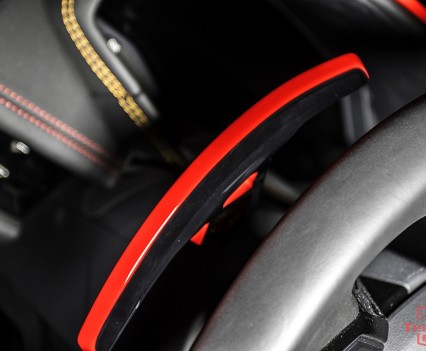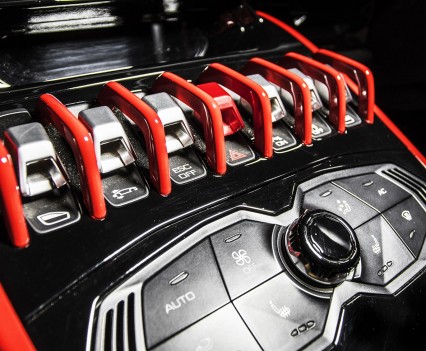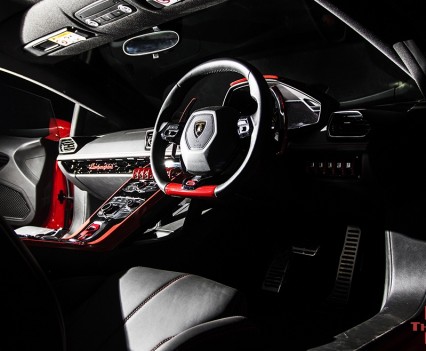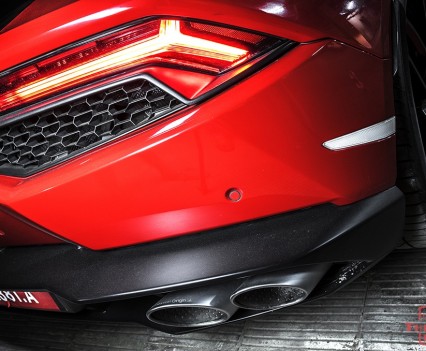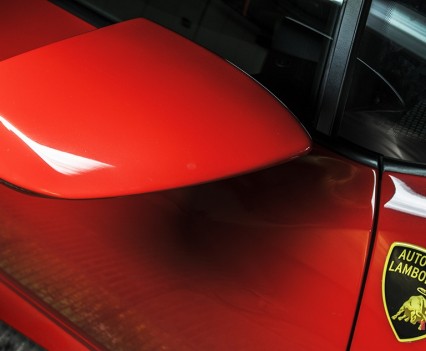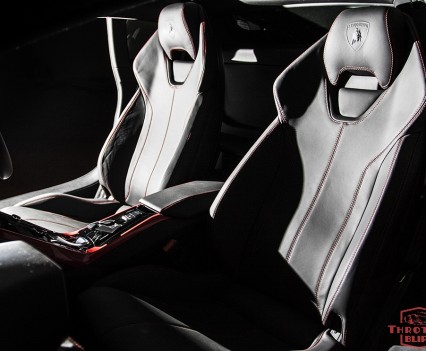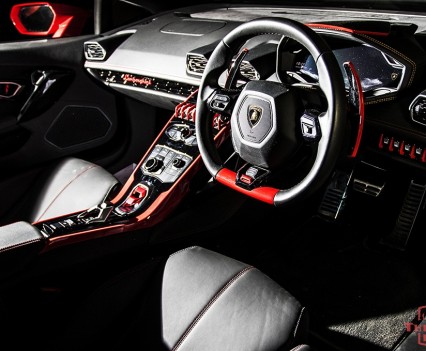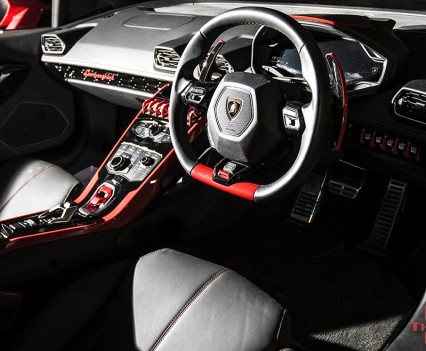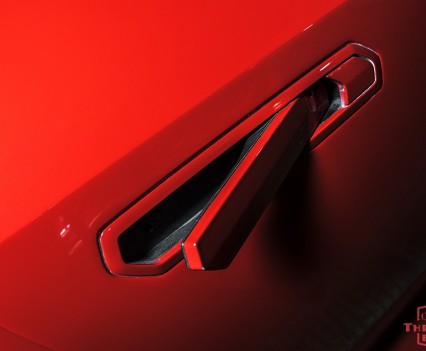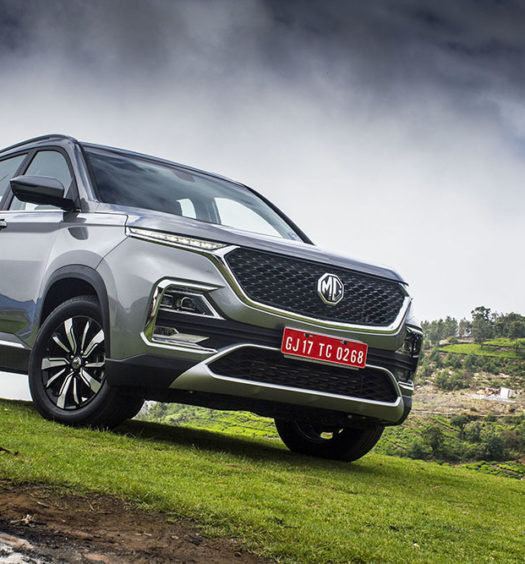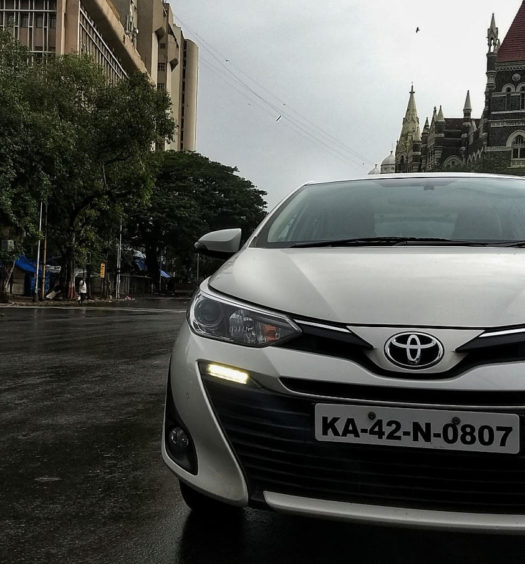One never looks forward to a working week especially when you are getting back to the grind after a long weekend. Mondays are manic and then Tuesdays are terrible. Not for me though. Thanks to a certain phone call on Holi, rest assured I had a Terrific Tuesday coming up. So while the rest of Mumbai was waking up to start just another day at work, here I was at 6.30 am standing face to face with the latest Bull to have come out of the factory at Sant’Agata Bolognese. Say hello to the Lamborghini Huracan, the replacement for the super successful Gallardo. In just over a decade Lamborghini sold 14,022 Gallardos which includes a whole bunch of special variants. The Huracan (which means hurricane in Spanish) debuted at the 2014 Geneva Motor Show and was officially launched on Indian shores in September 2014. The first ever Lamborghini I drove was a Gallardo three years ago, an LP550-2 and was simply blown away by the madness of this Bull. Followed that up in quick succession with the mega Aventador and the Gallardo Super Trofeo Stradale. After those experiences, I can tell you for a fact that Lamborghinis are brutal and can scare you to death. All these thoughts went through my mind as I stared at this Italian beauty finished in a Rosso Mars paint finish and shod with the optional 20 inch MIMAS alloys with a little personal touch from Lamborghini Mumbai Customs. So can the Huracan carry forward the legacy of the Gallardo? Time to take the Bull by its horns and find out.
True to Lamborghini tradition, the Huracan has been named after a Spanish fighting bull of the same name who fought in 1879. Now back to the four wheeled Huracan then. The basic structure of the car is built using a combination of aluminium and carbon fibre. This as a result has made it 10 percent lighter but 50 percent more rigid than the Gallardo. The styling is in sync with the current Lamborghini design language. It all started off with the Aventador and the Aventador J and Veneno followed. The Huracan looks stunning in the flesh but at the same time has a little subtle feel to it. Gone are the sharp cut lines which were seen on its predecessor. The Huracan is more about curvy lines. The double Y shaped headlights resemble a set of evil eyes that seem to be saying ‘Im coming to get you’. Lambos look most outrageous from the rear and the statement holds true for the Huracan as well. The matte black finish engine cover looks really cool and you can oder a glass engine cover as well. I would highly recommend ticking it on the options list when you are buying your car. The detailing on the taillights is fabulous and they remind me of those of the Veneno. Four exhaust pipes complete the rear. More on how they sound later.
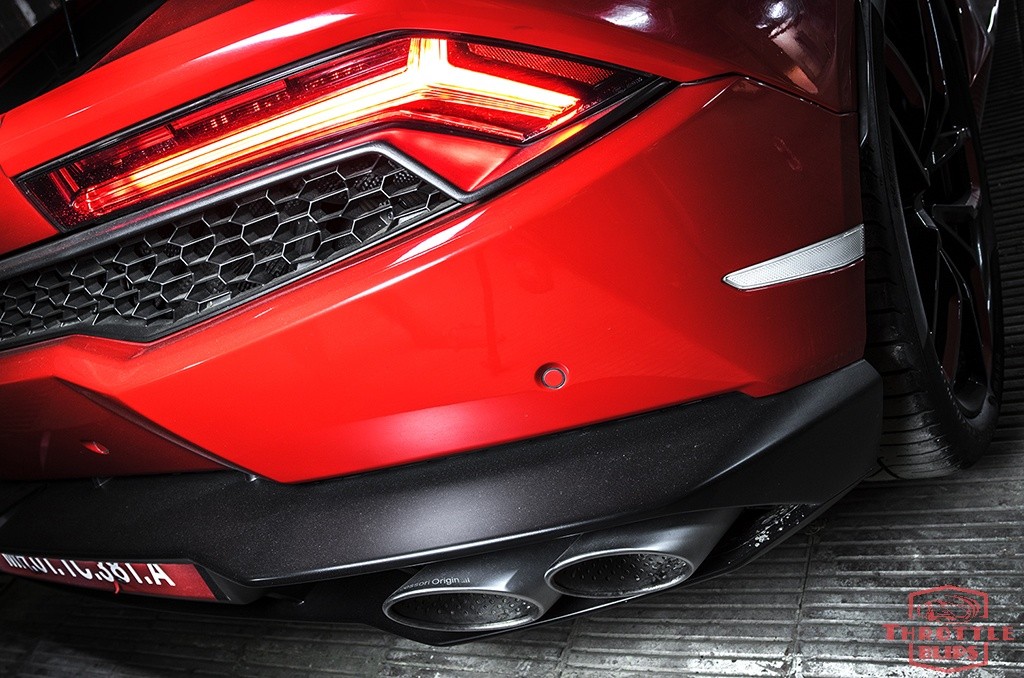
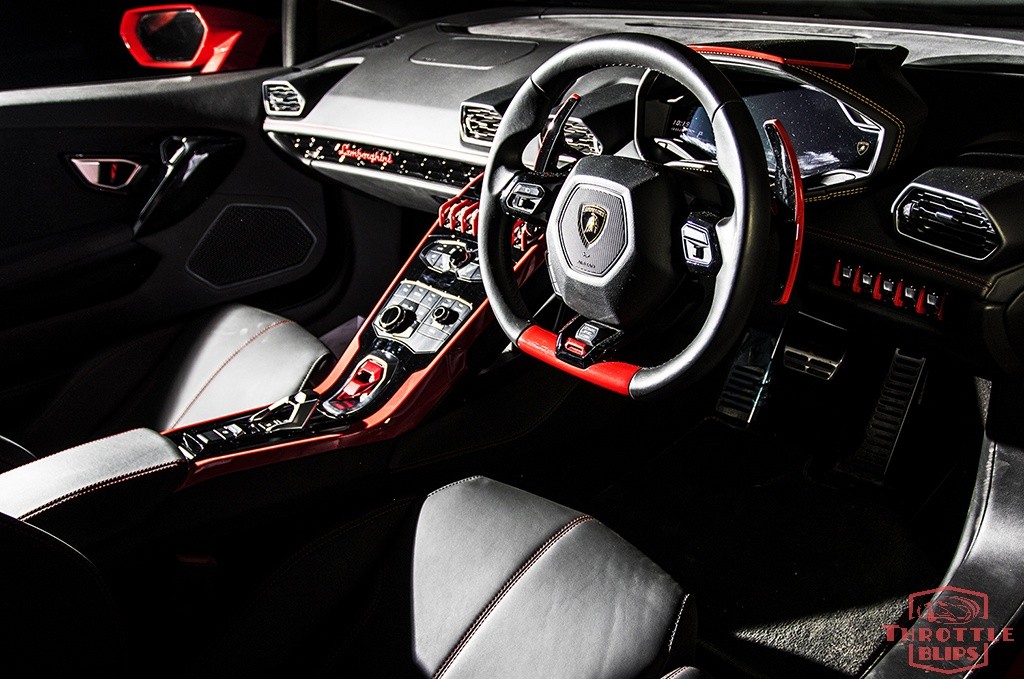 The interior of the Huracan is nothing short of dramatic. There is an hexagonal theme all across. The centre console resembles that of the Aventador, only a size smaller. There are a lot of Audi bits too which is not a bad thing at all. There is a new 12.3 inch TFT screen which acts as your instrument cluster and also shows car info, audio, speedometer, navigation etc, from the on board computer. The flat bottom steering wheel feels nice to hold, very chunky indeed and at the 6 ‘o’ clock position on the steering you find the ANIMA (translated as soul) switch which comprises of three driving modes: STRADA, SPORT AND CORSA which basically define levels of madness when driving. I will get into the details of these modes shortly. Most of the basic functions of the car like the indicators, wiper and lights operation find their place on the steering wheel now as seen on the Ferrari 458 Italia. The indicator switches remind me of those seen on a motorcycle. They feel delicate but are very easy to operate. There are three blanks buttons on the right side of the steering. The pedals are ergonomically well placed in the Huracan and there is a dead pedal too. Pedal placement was a major grouse in the Gallardo. They were placed just too close to each other.
The interior of the Huracan is nothing short of dramatic. There is an hexagonal theme all across. The centre console resembles that of the Aventador, only a size smaller. There are a lot of Audi bits too which is not a bad thing at all. There is a new 12.3 inch TFT screen which acts as your instrument cluster and also shows car info, audio, speedometer, navigation etc, from the on board computer. The flat bottom steering wheel feels nice to hold, very chunky indeed and at the 6 ‘o’ clock position on the steering you find the ANIMA (translated as soul) switch which comprises of three driving modes: STRADA, SPORT AND CORSA which basically define levels of madness when driving. I will get into the details of these modes shortly. Most of the basic functions of the car like the indicators, wiper and lights operation find their place on the steering wheel now as seen on the Ferrari 458 Italia. The indicator switches remind me of those seen on a motorcycle. They feel delicate but are very easy to operate. There are three blanks buttons on the right side of the steering. The pedals are ergonomically well placed in the Huracan and there is a dead pedal too. Pedal placement was a major grouse in the Gallardo. They were placed just too close to each other.
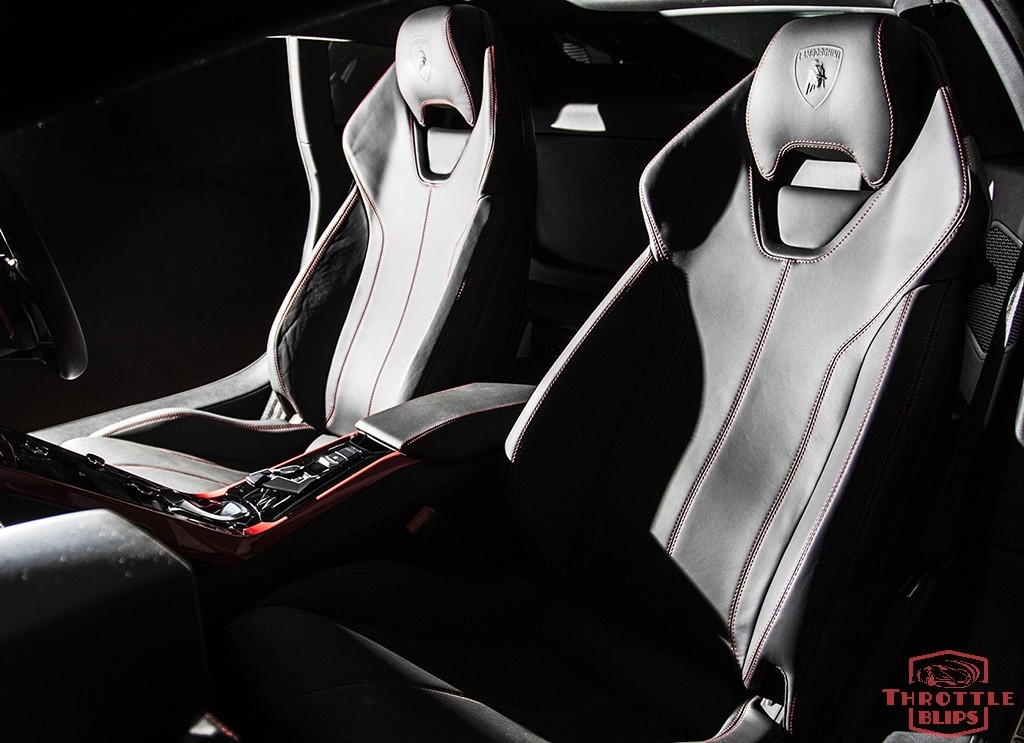 The leather seats are deep but have adequate support. There is enough bolstering as well to hold you in place during hard driving. Electric adjust is standard on cars ordered by Indian customers. The Raging Bull logo adorns the headrests.
The leather seats are deep but have adequate support. There is enough bolstering as well to hold you in place during hard driving. Electric adjust is standard on cars ordered by Indian customers. The Raging Bull logo adorns the headrests.
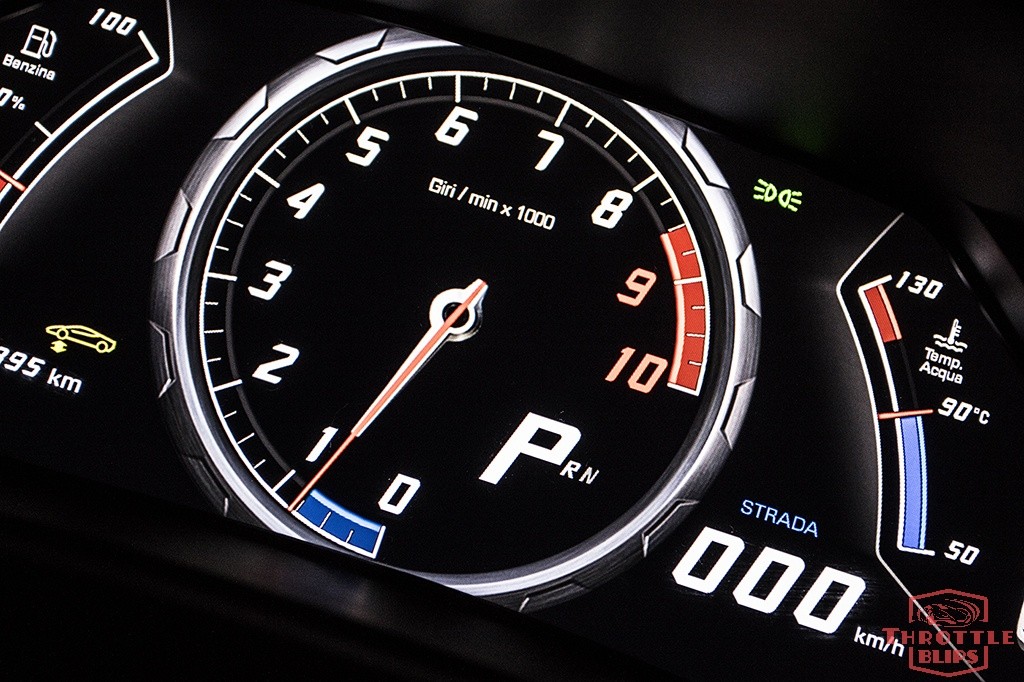
Supercar makers today have started to turn towards forced induction to extract more power from their engines making the naturally aspirated motors a dying breed. Lamborghini however has chosen not to head in that direction. The Huracan gets a naturally aspirated 5.2 litre V10 engine which puts out 602 bhp @8,250 rpm and max torque of 560 Nm. All this makes the Huracan go from 0 to 100 kph in a claimed 3.2 seconds and propels it to a top speed of over 325 kph. The most significant addition to the Huracan is the Lamborghini Doppia Frizione (LDF) or 7 speed dual clutch gearbox. Gone is the clunky E Gear unit that was seen in the Gallardo.
Flick the red toggle which looks like a missile deploy switch forward and press the START button. The V10 growls to life and for that moment, you feel everything is good in life. Best way to experience it is to sit for a couple of minutes with your eyes closed once you start the car. Did I mention that the test car came with the optional Lamborghini Race Exhaust? It will cost you 12 lakh rupees but as they say, all good things come at a price. The three drive modes that I mentioned earlier alter the parameters of the magnetoheological dampers, steering and gear shifts. STRADA mode is used for city driving. The steering is light and the gears upshift quickly. As I started driving, I was surprised as to how effortlessly I could steer the Huracan in city traffic including a couple of bumper to bumper encounters. One can also drive around at cruising speeds without the V10 skipping a beat. 55kph in 7th gear in a Lamborghini is just unreal. It is astonishing how one gearbox can change the driving character of a car. No more jolts in your lower back while going through the gears, something experienced in the Gallardo. The nose lift feature for the suspension that is standard on the India spec cars makes short work of the encountered speed breakers. The Huracan also comes with the Auto Start/Stop function for better fuel economy. So has the Raging Bull lost its nerve? Where is the madness associated with Lamborghinis? Switching the ANIMA button to SPORT should answer those questions. All off a sudden the Huracan breaks into a rage and it shoots forward as if its charging towards a matador in a fight arena, pushing me back into the seat as it does so. The valves in the exhaust open as the revv needle flies to the red line holding each gear for longer and the howling V10 from behind adds to the drama at the same time. Calling the acceleration violent is an understatement. I did not attempt to go into CORSA or track mode as that would not be advisable in city driving. I am leaving that for another day.
Gears shift automatically in STRADA and SPORT while its manual shifting via paddles in CORSA mode. The Huracan for India also comes with carbon ceramic brakes as standard and work well. They have fantastic bite when braking hard. The Pirelli rubber, 245/30 R20 at the front and 305/30 R20 at the rear combined with the all wheel drive system gives the car supreme grip. Coming to the ride quality, sure it is stiff but very comfortable for a supercar. It handled Mumbai’s broken roads quite well. Reverse gear can be engaged by simply pulling a lever on the centre console. Reversing in Lamborghinis has never been an easy task and while the side mirrors are large, buying the optional rear camera and parking sensors makes sense.
After spending a day with the Huracan, I am amazed as to how civilized a Lamborghini can be. It was never going to be an easy task to better the Gallardo but not only have Lamborghini done that, they have taken their entry level supercar to an all new level. The Huracan is all you want a proper Lamborghini to be. It looks drop dead gorgeous, is insanely fast, sounds like an Italian thoroughbred should and most important of all it is useable everyday. Now when can you say that about a Lamborghini? At the same time I admit that I did miss the raw savage feel of the Gallardo. But then one has to move on. Lamborghini will surely come out with more variants of the Huracan in the future and those will be worth looking out for. The Huracan is priced at Rs. 3.43 crore ex showroom. Sure it is expensive but what you get is a Lamborghini for all seasons. The Gallardo was a legend but the Huracan is a fitting heir to its throne. The King is dead. Long live The King…
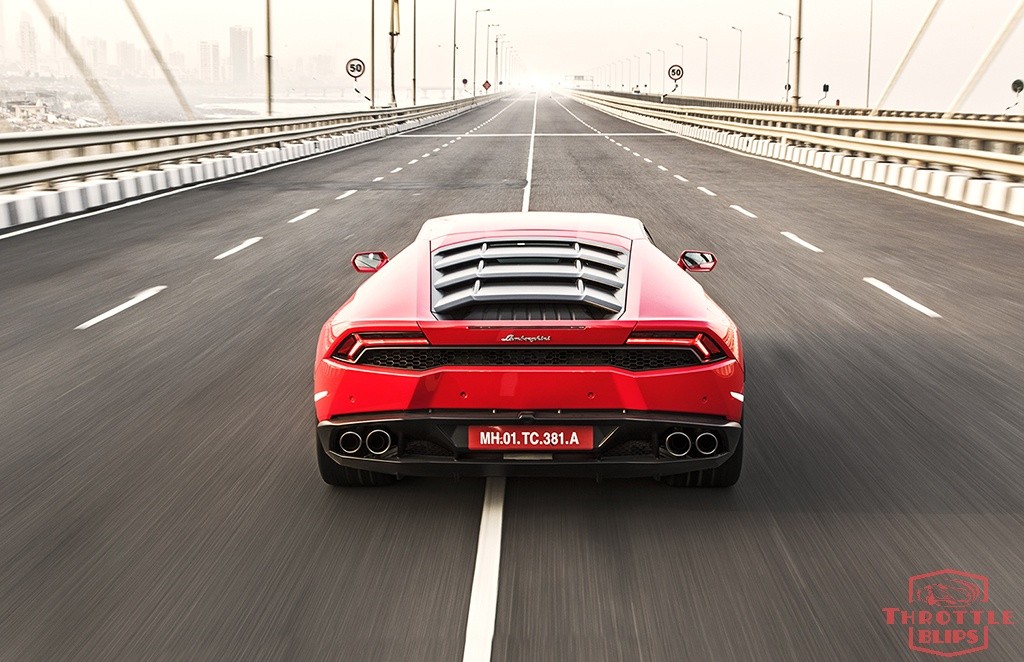 Check out our detailed photo gallery:
Check out our detailed photo gallery:

